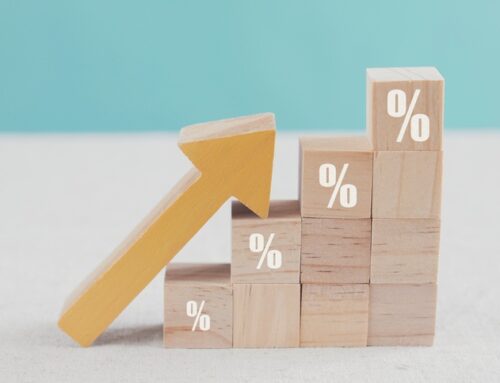Home » Uncategorised »
Will Stamp Duty be cut in today’s Autumn Statement?
This article is an external press release originally published on the Landlord News website, which has now been migrated to the Just Landlords blog.
Today sees one of the most important Autumn Statements of recent years. The eyes of the property market are eagerly watching with interest to see if Chancellor Hammond will make any big announcements for the sector.
The latest figures from HMRC has revealed the substantial impact that the 3% Stamp Duty Land Tax surcharge has had on investors. It is hoped that these figures will convince Mr Hammond to make changes today.
Tax changes ahead?
Nick Leeming, Chairman at Jackson-Stops & Staff, noted: ‘Changes to the way in which stamp duty is levied have gone too far. While the changes seen in December 2014 were good news for 98% of property buyers, those implemented in the last budget announcement which saw an additional 3% charge levied on buyers of second homes has resulted in a substantial decline in transaction numbers.’[1]
‘It is quite clear that any Government hopes of more revenue from Stamp Duty Land Tax for residential transactions has not materialised and if overall Budget tax revenue projections are to be achieved more tax rises will be needed elsewhere. The 2016 Autumn Statement urgently needs to address this shortfall by incentivising people to move home. Removing the additional 3% levy will in my opinion do just that, while further measures to support both downsizers and first time buyers must also be implemented if we are to see a true shift in overcoming the housing crisis,’ he added.[1]
Encourage alterations
Meanwhile, Nimesh Shah, partner at accountants Blick Rothenberg, believes: ‘The latest statistics should encourage the Chancellor to urgently reform SDLT and in particular, reverse the alarming effect the 3% SDLT surcharge has had on the housing market. The forthcoming change to the mortgage interest relief restriction should also be reviewed in light of the slowing housing market.’[1]
Shah feels, ‘The Chancellor has a real opportunity to make a meaningful reform to an outdated and complicated tax system that is now system that is now acting as a deterrent to people moving or entering the property market.’[1]

Will Stamp Duty be cut in today’s Autumn Statement?
Plummeted
Statistics from the HMRC indicate that residential property sales have fallen since March. In fact, they are down by almost 80,000 over the same period in 2015 (1 April 2015 to 31 October 2015).
Paul Haywood-Schiefer, Assistant Manager at Blick Rothenber, said: ‘These are the worst sales figures for the same 7 month period for the past 3 years. The actual drop in sales since April is just 630 properties short of wiping out the bumper number of extra sales in the boom month of March when people rushed to beat the 3% SDLT surcharge on second properties.’[1]
‘The actual SDLT increase over the last 12 months is £972m. However, the last 6 months, when the 3% surcharge has been applicable, has only accounted for a paltry £94m of that increase. This is about 0.017% of the total receipts HMRC has collected from al taxes in the last 12 months.’[1]
Concluding, Mr Haywood-Schiefer, said: ‘These statistics show that not only has the market been stunted by the 3% SDLT surcharge on additional properties, which was introduced with the intention of helping first time buyers get on the property ladder by making it more expensive for those purchasing additional properties to buy the same property, but it is not actually adding a significant windfall to the Revenue’s coffers either.’[1]
[1] http://www.propertyreporter.co.uk/finance/sdlt-regime-should-be-reformed-to-tackle-slowing-property-market.html



